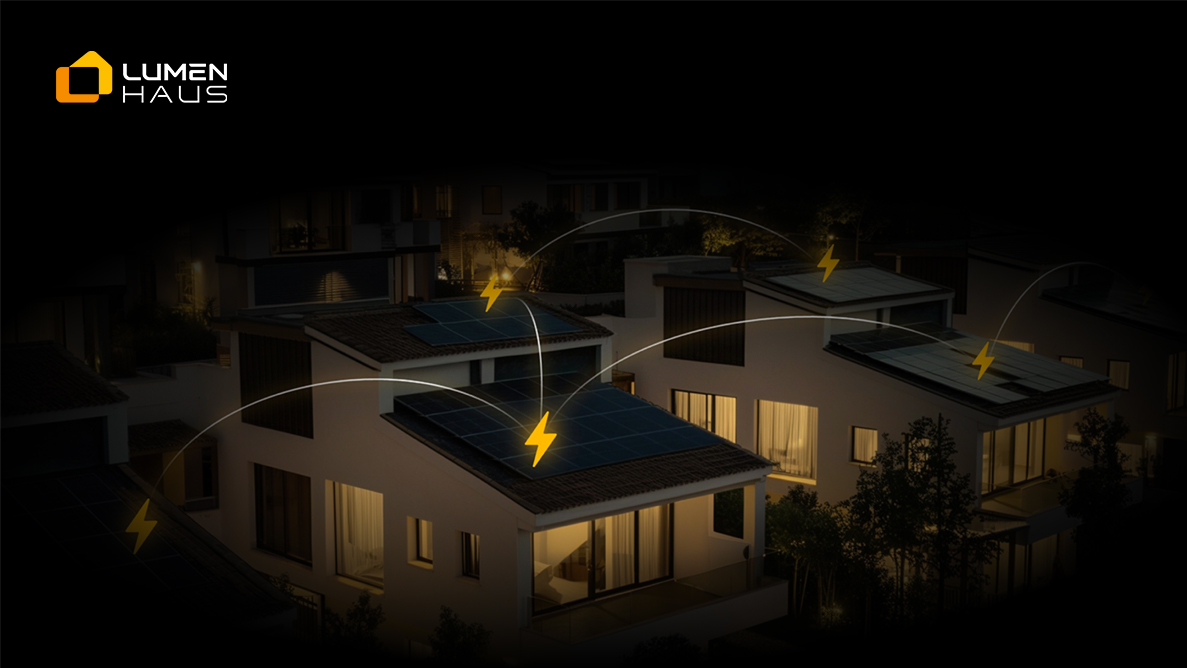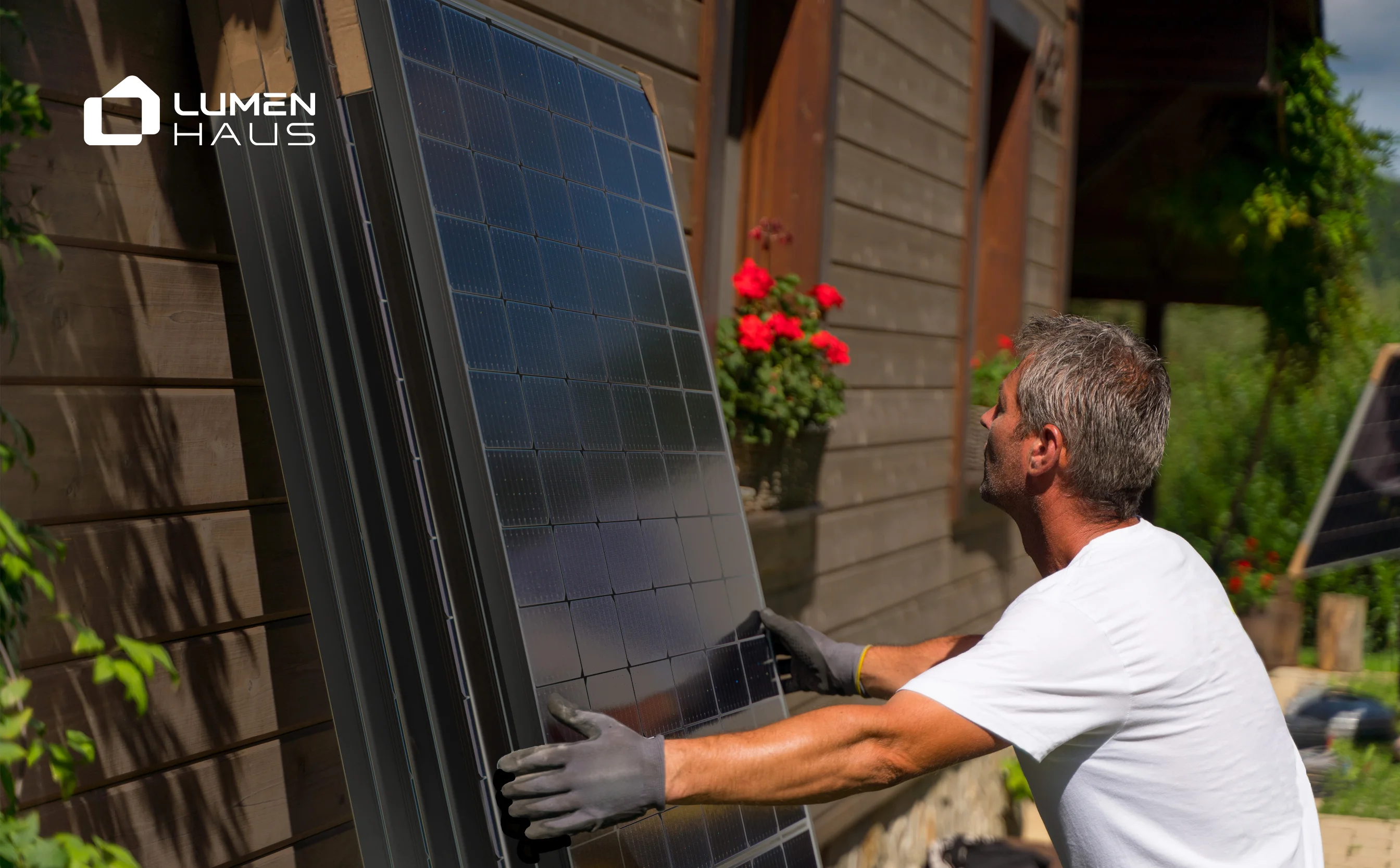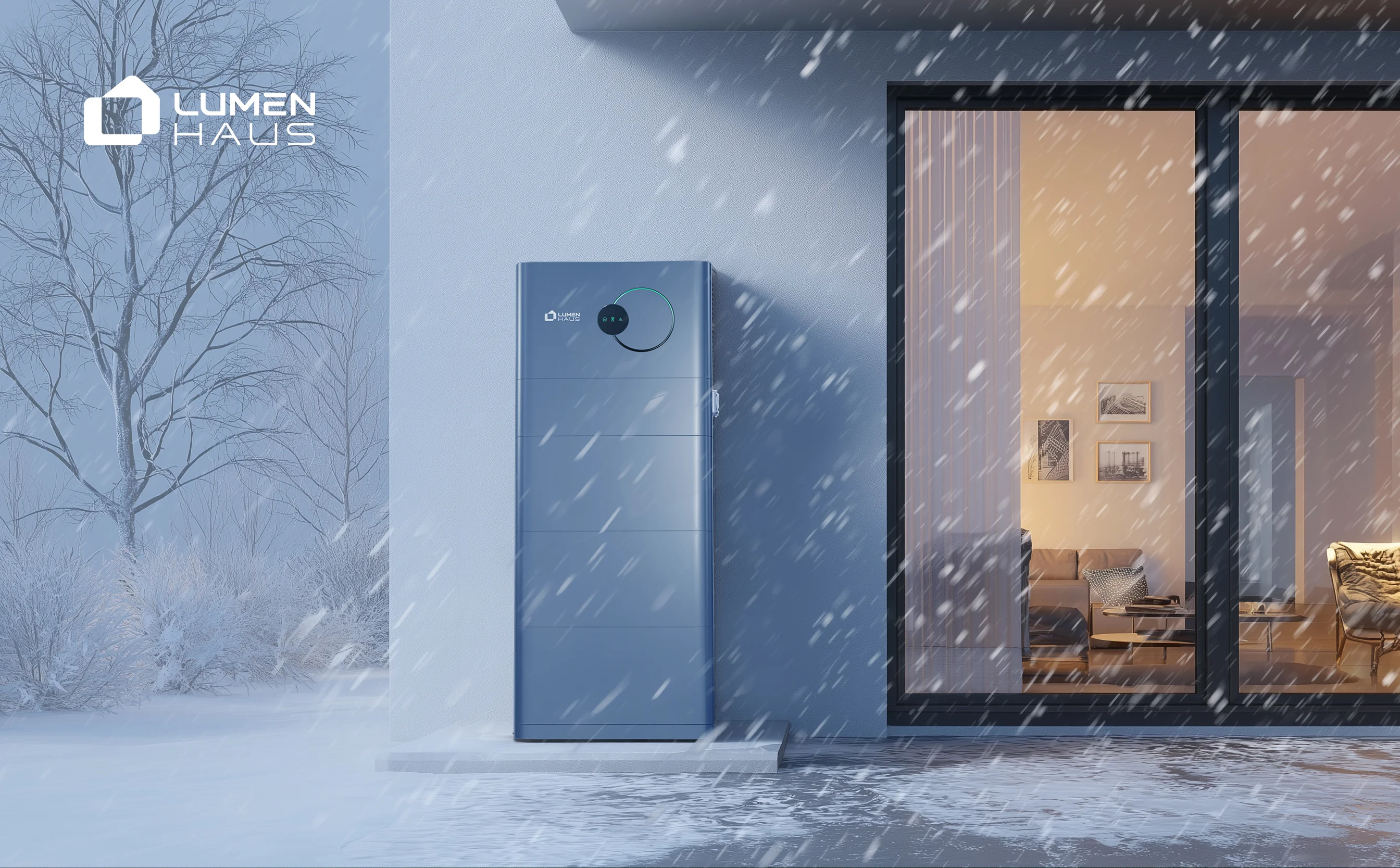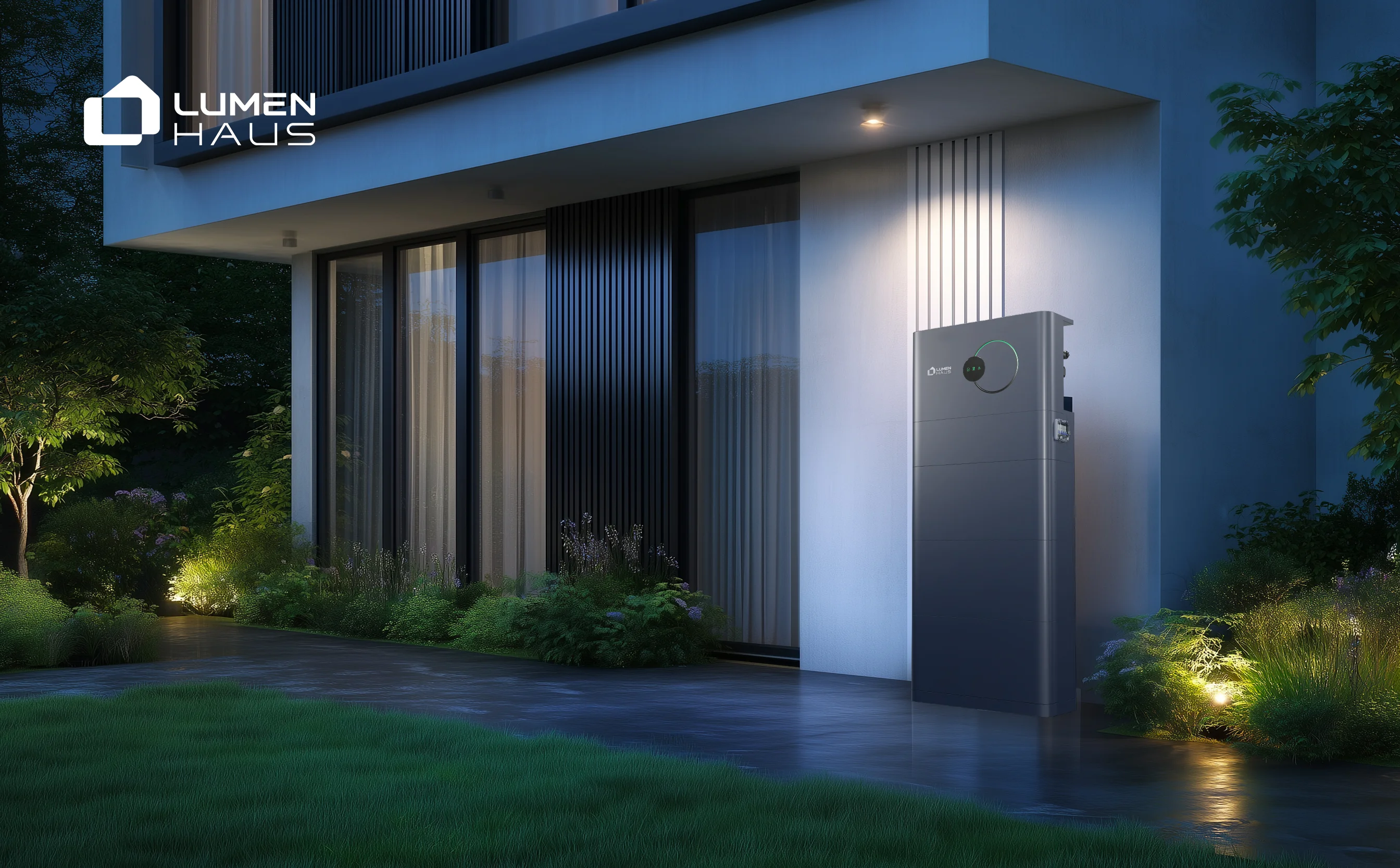Join the Virtual Power Plant Revolution
The private sector and consumers must be heavily involved in the development and operation of renewable energy systems to meet the goal of renewable energy integration. One effective approach to carry out this involvement is through virtual power plants. The incorporation of renewable energy resources into energy systems is one of the goals of countries to lower their carbon footprint and increase the energy supply sustainability.

What is a virtual power plant?
Most simply, a virtual power plant (VPP) is an assembly of actual power plants under centralized management. A VPP is like a smart team of energy sources working together. It connects things like solar panels, wind turbines, batteries, electric vehicles, and even smart home devices using advanced digital technology. This system watches and controls all the energy flow in real time, deciding when to store power, when to use it, and when to share it with the grid. Think of it as a virtual control room that turns many small energy sources into one big, flexible power provider.
This organization generates and stores energy daily, not so different from a conventional power plant. It can modify the amount of energy it supplies to the grid at any given moment. However, a VPP only works as a separate digital entity, in contrast to a conventional plant. Which means that they can physically cover an entire city or perhaps an entire nation.
Aggregators are another term for operators of virtual power stations. Consumer participation in the investment and operation of renewable energy systems can be greatly aided by energy aggregators.
How do the virtual power plants work?
Let us guide you to learn the virtual power plant’s operation, why they are necessary, what kinds of VPP are available, and whether if you should join this ecosystem.
A VPP can work in several ways. Homes that produce their own electricity through solar panels can join a virtual power plant with no trouble. The energy generated by a company’s project can also be sold to a supplier or straight to the grid to be a part of VPP.
Think of a VPP as a digital network that connects many small energy producers, like homes with solar panels, businesses with batteries, or even electric vehicles, and manages them as if they were a single power plant. For example, if your home has solar panels, any extra energy you generate during the day doesn’t go to waste. Instead, it's shared through the VPP with other users who might need it, or even sent back into the grid. Then at night, when your panels stop producing, you can draw energy from the system, possibly from a neighbor’s home battery or a wind turbine across town. VPP is there to decide when to store power, when to share it, and how to respond when demand suddenly spikes. The good part is that you don’t need to be a tech expert or even own a big solar system to take part.
What makes VPPs so powerful is how they benefit both people and the planet. They make it easier to use renewable energy efficiently, reduce pollution, and help prevent blackouts. At the same time, they allow participants to save on energy bills or even earn money for the power they contribute.
Do I need virtual power plants?
From our point of view, every human being needs to contribute to virtual power plants as it is one of the ways to fulfill our responsibility to keep this planet safe and comfortable to live for the next generation. VPP can save everyone’s money on energy and reduce pollution by cutting the need for fossil fuel-powered plants to generate electricity.
What are the benefits of a Virtual Power Plant for homeowners?
VPPs don’t just manage energy. They can also help cut down the energy we use. By promoting highly efficient appliances, they make homes and businesses smarter about their energy use.
Another major benefit is grid resilience. Because VPPs aggregate distributed energy sources (like home batteries, EVs, and rooftop solar), they create a flexible, decentralized energy system. This makes the grid less vulnerable to outages, which is something that traditional power plants can’t offer.
Governments across Europe, including Germany and the Netherlands, have started funding VPP pilot projects, recognizing their potential to meet climate goals while saving money over time.
Ok, that’s amazing, but how does it affect my household?
Selling some of your renewable electricity to the grid and earning hundreds of euros annually is the biggest advantage of joining a VPP. Participating in a VPP can also benefit your community by lowering costs and decreasing the probability of local power outages. In fact, some German energy providers are now offering homeowners the chance to join local VPP platforms and get paid for their participation.
What are the German household conditions for participation in virtual power plants?
To participate in a virtual power plant (VPP) in Germany, households typically need to meet a few conditions. These may include:
- Ownership of energy assets such as rooftop solar panels, home batteries, or smart heating systems.
- Smart meter installation which enables real-time energy monitoring and remote control.
- Connection to the aggregator’s platform, allowing the VPP operator to optimize when and how your energy is consumed or fed into the grid.
- Consent to flexible control, meaning you allow minor adjustments to your energy usage or storage timing in exchange for financial compensation or reduced energy costs.
In return, participating households benefit by earning revenue from surplus energy, reducing their electricity bills, and contributing to grid stability and the integration of renewable energy.
How to join a virtual power plant (VPP)?
You must first have the appropriate hardware in order to join a virtual power plant.
Depending on the plan you’re joining, this could include a certain brand of smart thermostat, EV charger, or solar and battery system. It should be quite easy to register online as long as you meet the hardware requirements.
So in short: if you’ve already invested in solar or smart energy tech, you may be just one step away from turning your home into part of a future-proof energy network and getting paid for it.
LumenHaus: From smart home energy system to smarter energy markets
As a direct-to-consumer energy pioneer, LumenHaus delivers more than just smart home technology, including SunCatcher solar panels, SunSaver home batteries, SunHeater heat pumps, and SunCharger EV wallboxes—empowers households to generate, store, and manage their own clean energy.
Now, we're taking the next leap forward. LumenHaus is actively developing its own Virtual Power Plant (VPP) platform—designed to aggregate energy assets from across our user network and turn them into a powerful, market-ready energy resource. In doing so, we help our customers unlock new income streams while driving the transition toward a cleaner, more resilient, and intelligent energy system.
Ready to turn your home into a power player?
Join us in building the sustainable grid of tomorrow now.



